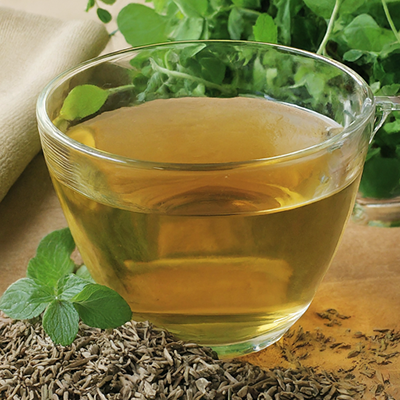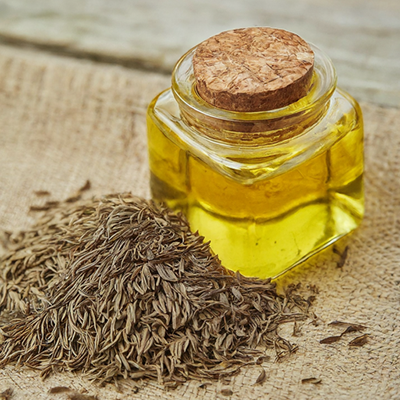Native to Mediterranean countries, caraway benefits have been known and used for centuries as a seasoning plant. Vegetables, bread, pies, cheese, and many other meals and sauces take advantage of the aroma of this plant.

Scientific Facts
- Scientific Name – Carum carvi L.
- French – Cumin des prés.
- Spanish – Alcaravea.
- Environment—Caraway is cultivated and is common in meadows and grasslands in mountain areas. It is spread all over Europe and North America, although it is used worldwide.
- Description—This is a biennial plant of the Umbelliferae family. It grows from 20 to 60 cm high, with few delicate leaves and small flowers growing in umbels. Its fruit is small but very aromatic.
- Parts of the plant used medicinally – The fruits.
Caraway Benefits

As with other plants of the Umbelliferae family, such as anise or fennel, caraway contains many essences, the most abundant being carvone, to which the plant’s fruits owe their fruits carminative (anti-flatulent) properties.
Andrés de Laguna, an outstanding Spanish botanist and physician of the 16th century, said of this plant that “it solves stomach flatulence.” Indeed, caraway is one of the plants with a more substantial carminative property, and it is recommended whenever there is an excess of gas.

- Aerophagia – Air-swallowing followed by belches.
- Aerogastria – A stomach dilation caused by gas.
- Aerocolia – An excess of gas in the intestine.
Caraway cures flatulence and eases intestinal spasms. It benefits babies with excess gases, which can be administered with milk. This plant is also eupeptic (promotes digestion), has mildly diuretic properties, and favors breastfeeding women’s milk secretion (Galactogenic).
How to use Caraway
- Infusion with half a teaspoonful of fruits per cup of water. Drink a cup after every meal.
- Essence – The recommended dose is up to three drops daily. Children still on milk should be given one or two drops of sweetened water twice daily.
- Mixed with milk – Add half a teaspoonful per liter or boil it in one liter of water, with which the milk will be prepared. Strain and administer.
DISCLAIMER: All content on this website is presented solely for educational and informational objectives. Do not rely on the information provided as a replacement for advice, diagnosis, or treatment from a qualified medical expert. If you are pregnant, nursing, or have any preexisting medical concerns, talk to your doctor before using any herbal or natural medicines.
REFERENCES
- George D. Pamplona-Roger, M.D. “Encyclopedia of Medicinal Plants.” George D. Pamplona-Roger, M.D. Encyclopedia of Medicinal Plants. Ed. Francesc X. Gelabert. Vols. 1 San Fernando de Henares: Editorial Safeliz, 2000. 355. Print.
- https://www.healthline.com/nutrition/caraway
- https://www.webmd.com/vitamins/ai/ingredientmono-204/caraway
Last update on 2025-06-04 / Affiliate links / Images from Amazon Product Advertising API





